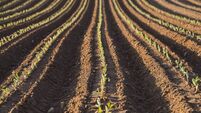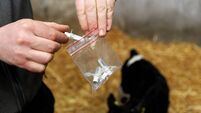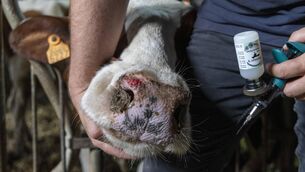Farm Finance: Taking stock of high stock prices - will buying now pay off?

One issue faced by some farmers who buy stock this time of year with the support of a stocking loan is they will find their usual stocking loan amount is in many cases not near adequate to fund the quantity of animals usually purchased. Picture: O'Gorman Photography.
Cattle prices are at a record high, which is fantastic for those with animals to sell, but not so good for those who have animals to buy. Hopefully, if prices remain strong, they will get a just reward when it comes time to sell.
Speaking to one farmer this week, he said: "You’re either in the game, or you're not." His point was valid, and if you try to second-guess the market and jump in and out, it’s easy to get caught offside.













